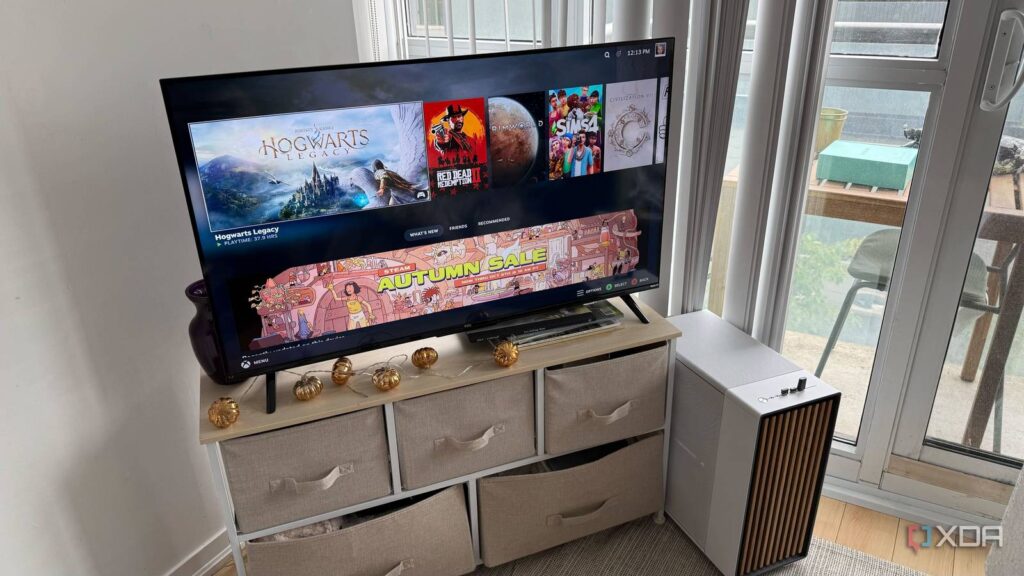
In a world where technology continually evolves, the living room often remains a static space, primarily reserved for watching sports or the occasional TV show. For one tech enthusiast, the desire to enhance this space led to an innovative project: transforming an old desktop PC into a full-featured entertainment hub connected to the TV. The project not only revitalized an aging computer but also turned it into a centerpiece that seamlessly fits into the living room decor.
The journey began with a simple goal: to create a Home Theater PC (HTPC) that could offer more than the standard Roku operating system. The challenge, however, was to construct a system that was both powerful and aesthetically pleasing, without the bulky presence of a traditional computer chassis. With a bit of creativity and resourcefulness, the old desktop rig was repurposed into a sleek and functional addition to the living room.
The Starting Parts: A Tech Enthusiast’s Dream
The foundation of this transformation was the enthusiast’s previous main workstation and gaming rig. Central to the build was an Intel Core i7-10700K CPU, known for its cool operation, paired with a Thermalright Peerless Assassin cooler. The GPU, an EVGA FTW3 RTX 3080, was initially considered overkill for a living room setup but was tuned for quiet operation, ensuring it could handle 4K gaming at 60FPS with ease.
Accompanying these components were an ASUS Prime motherboard, 32 GB of DDR4 RAM, and a 1 TB NVMe SSD. The choice of case was crucial; the Fractal North in a white colorway was selected for its minimalist design and ability to blend with the room’s existing wood accents. By turning off the internal RGB lighting, the PC became an unobtrusive part of the living room.
Enhancements for Living Room Integration
Converting a standard PC into a living-room-friendly device required more than just connecting an HDMI cable. A wireless keyboard and mouse were essential for initial setup, but for gaming and menu navigation from the couch, an Xbox controller was chosen for its compatibility with Windows. The addition of a Bluetooth receiver allowed for easy connection of audio devices and other controllers.
While the motherboard lacked Wi-Fi, a long Ethernet cable provided reliable networking. Windows was chosen as the operating system, not for its superiority, but for its familiarity and ease of troubleshooting by family members. The system was configured to automatically log in and launch Steam’s Big Picture mode, creating a seamless user experience. Occasionally, minor adjustments were needed, but overall, the setup functioned smoothly.
Why Not Opt for a Console?
One might wonder why not simply choose a gaming console for the living room. While consoles offer a compact and user-friendly experience, they lack the versatility and control of a PC. A custom-built PC provides the freedom to perform a variety of tasks beyond gaming, without being restricted by the limitations imposed by console manufacturers and developers.
Looking ahead, there are plans to eventually replace the current components with ITX parts, allowing for an even more compact and integrated design. However, for now, the transformed desktop PC serves its purpose admirably, enhancing the living room experience.
A Game-Changing Addition to the Living Room
The transformation of an old desktop PC into a living-room entertainment hub demonstrates the potential of repurposing existing technology to create a customized and powerful solution. It exemplifies how creativity and technical know-how can breathe new life into outdated hardware, turning it into a valuable asset for the modern home.
As technology continues to advance, the possibilities for such projects are endless. Whether it’s through enhancing existing devices or exploring new innovations, the potential to transform the living room into a dynamic and engaging space is limited only by imagination.







